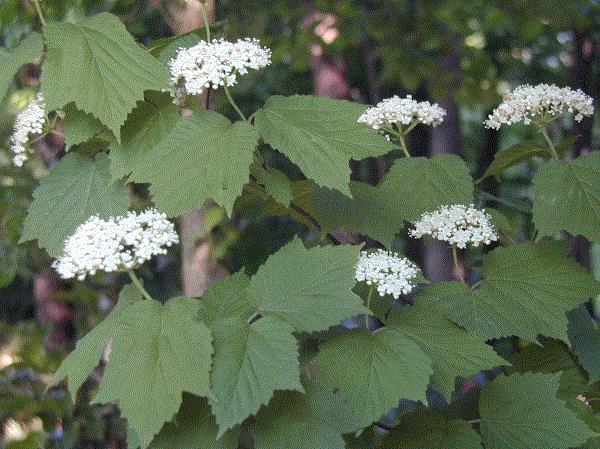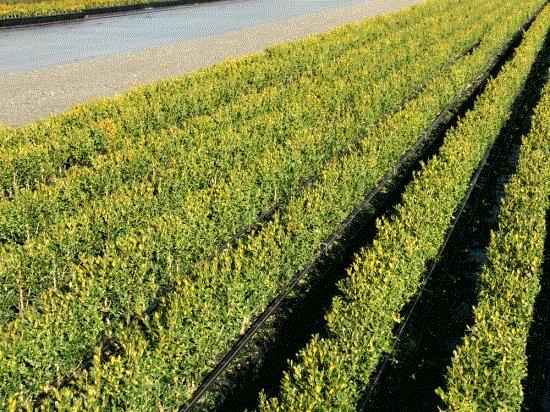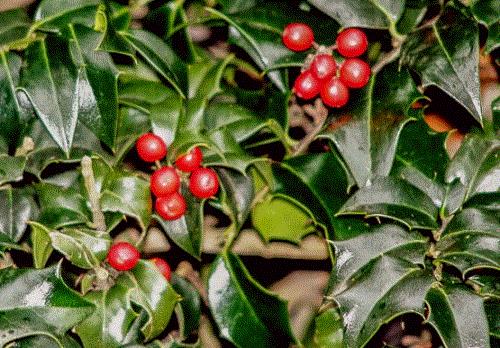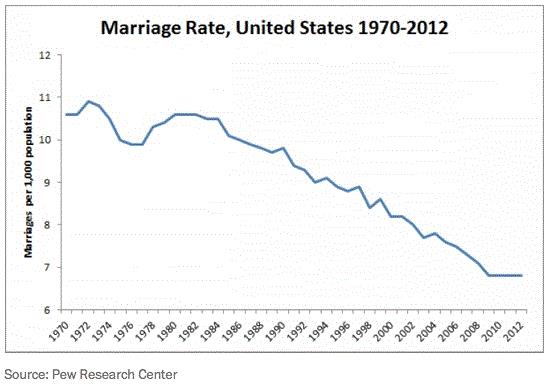Mapleleaf Viburnum
I was walking across campus today and noticed an old friend Viburnum acerifolium, starting to show the early signs of reddish to magenta fall color. This native (to most of the Eastern U.S. from Zone 3-9a) deciduous shrub is one of those that plant geeks often forget about (at least I do). Yet I am not sure why, as it has great multi-season interest. White flowers on flattened cymes emerge about a month after foliage emerges (May to June, generally) followed by green fruit that darkens to a navy blue in fall, as foliage color changes.

If there was one downside to this 6 ft. tall shrub, it would be its desire to spread via suckers. I see that as a benefit, however, if sited correctly. It really belongs in a filtered shade woodland garden, in a place where it can be allowed to form a mass. This optimizes both spring bloom and fall color. The rest of the year, it can just blend in and provide a much-needed layer of green foliage in the woodland garden.
Trailblazers
The National Association of Landscape Professionals (NALP), in my time as a member and collegiate advisor here at the University of Georgia, has always seemed to recognize the value of mentoring. That’s something to be commended for, and one program that NALP has initiated is particularly noteworthy. The trailblazer program “matches you (landscape professional) with an expert that has a proven record of success, and who will guide you through solutions to your business dilemmas. You’ll gain new knowledge that has been tried and tested, helping you to build your business and achieve long-term success.
You and your Trailblazer will take a deep dive into your business, digging into things like where you are or are not making money, strategic planning, people planning, succession planning and SWOT analysis. You’ll learn years’ worth of material in just days!
This in-depth, personalized networking and mentoring program is a unique way for emerging and established companies to gain insight and advice on developing and growing their businesses.”
Kudos to NALP on fostering yet another wonderful mentoring experience.

No Farm Bill = Ceased Operations
The September 30 Farm Bill deadline has come and gone, with no compromise in sight and no extension passed. In fact, the "Big Four” that includes Senate Agriculture Committee Chairman Pat Roberts (R-KS), ranking member Debbie Stabenow (D-MI), House Agriculture Committee Chairman Michael Conaway (R-TX) and ranking member Collin Peterson (D-MN) haven't even agreed upon a method to negotiate the Farm Bill. I know, shocking news there.
But what does this missed deadline really mean? Well, for starters, the Congressional Research Service published a list of 39 USDA programs that have ceased operations due to discontinued funding. While many do not directly affect horticultural operations, some do. Most notably, the Environmental Quality Incentives Program (EQIP) program has ceased operations. Historically, this program has benefited growers by offering cost-sharing on equipment purchases that increase an operation’s resource (e.g. irrigation) efficiency. Additionally, the Specialty Crop Block Grant program that funds horticulture research across the nation, lacks the authority to distribute funds going forward. Talk about a hot mess! Check HERE for a list of programs that will cease operations until a new Farm Bill is implemented.
Things that fortunately will continue include crop insurance programs and the Supplemental Nutrition Assistance Program (SNAP). As to when you can expect a new Farm Bill, your guess is as good as mine.

Ventigra Insecticide Gets EPA Approval
BASF announced last week that it has received EPA approval for a new insecticide, afidopyropen, which will be labeled as Ventigra in greenhouse and nursery crops. The insecticide was developed to control a wide range of piercing and sucking insects such as aphids, whiteflies and certain psyllids. What has many excited is the fact that Ventigra represents a new mode of action, which should assist in diversifying chemical rotations.
Why does this matter? Look no further than the ever-increasing list of insecticides that whitefly populations are becoming resistant to, primarily due to a lack of available chemistries in vegetable and fruit production (and associated resistance buildup), and it quickly becomes obvious that this insecticide is badly needed.
What’s even better is that this insecticide is translaminar, meaning you can apply it to the top of foliage and it is translocated through the leaves so that insects feeding on the undersides of foliage are controlled.

InstantHedge Expands Operations
It’s been a while since I mentioned InstantHedge, which is such a clever and simple solution to implement instant landscape gratification. Last time I mentioned it, they only had a few options plant-wise and were looking for distributors to assist in getting material into the hands of landscape contractors and retailers.
A lot has changed in the past year and InstantHedge is now offering boxwood (Green Mountain boxwood, to be exact) and 18 other taxa including my favorite plant in their lineup, Ilex xaquipernyi Dragon Lady. More importantly for those who want to get their hands on these marvels, the product line is now available via both Fast Growing Trees and Wayside Gardens.

Buxus
I love it when a good idea makes it all the way to a successful product line. Just goes to show that oftentimes, the simplest ideas are actually pure genius.
Dragon Lady Holly
I couldn’t tease you about Dragon Lady (also sold as Meschick) in the above story and not follow through. So I present to you Ilex xaquipernyi Dragon Lady, a Zone 6-8 hardy pyramidal holly introduced in 1983 that makes a great screen, backdrop, or somewhat impenetrable (due to serious spines) hedge to keep varmint kids out of a yard. It reaches a mature size of about 15 ft. tall and 6-8 ft. wide, but can be shaped into a semi-formal hedge. Unfortunately, hedging reduces or eliminates the red fruit that are quite attractive from fall into early winter.
As the name suggests, Ilex xaquipernyi is a cross between I. aquifolium (English holly) and I. pernyi (perny holly). With these two parents, it’s obvious this is one tough hybrid. However, no plant is perfect and Dragon Lady’s nemesis is high pH soils (which causes chlorosis) and holly leaf miner (with typical tunneling damage to foliage).

Fruit set is fairly heavy and quite showy on Dragon Lady holly.
It should also be noted that Dragon lady is, in fact, a lady. Therefore, a male pollen donor is needed to ensure berry production. Literature suggests that Blue Stallion and Blue Prince are acceptable parents. Additionally, it seems that Ilex opaca (American holly) is an acceptable pollinator as I have Dragon Lady that sets fruit, and the only possible pollen parent is an American holly about 20 ft. away. Then again, American holly is a known pollinator for English holly, so it makes sense that it would work for this hybrid as well.

Online Course - Irrigation Water Quality & Treatment
I’m all for good training that is available in English and Spanish. One of these days I will perfect my Spanish and maybe Nursery & Landscape Insider will have a Spanish version. Unfortunately, it is proving true that I am an old Dawg and therefore it’s tough learning new tricks. Until then, I’ll promote a group that does amazing bilingual trainings, the University of Florida (UF).
In their last online course of 2018, the UF gang will focus on interpreting water quality tests for irrigation of greenhouse and nursery crops, selecting appropriate water treatment technologies and designing water treatment and monitoring systems. This will be taught at an advanced level, designed for experienced growers or technical managers. Lessons are offered in English and Spanish, and are taught by professors from six universities in the United States.

Irrigation, and specifically understanding the relationship between irrigation and water quality, is critically important in production operations.
The course runs from November 5 to December 7, 2018. It costs $199 (USD) per participant, and includes a personalized certificate of completion. Over four weeks (no classes over Thanksgiving week), there are streaming video lessons, readings and assignments. The three to four hours of lessons and activities each week can be accessed at any time of day. Bilingual PhD instructors are available via discussion features. Click here to register.

Notes from the Edge of Sanity
I received an email last week from the National Association of Landscape Professionals that summarized data gathered and presented by the Garden Media Group outlining gardening trends going into 2019. The summary can be found here.
For the most part, the predictions all seem pretty spot-on and revolve around those societal and sociologic norms that are prevalent in younger Americans. Those norms are becoming more important as this generation begins to flex its economic muscle. Some examples of priorities that younger Americans exhibit in surveys include an increased desire to disconnect, volunteer and reduce their environmental footprint. These desires will drive many lifestyle choices—including gardening.
But there is one trend that I have seen building steadily over the last decade, yet one that I don’t see written about extensively. Disposable gardening is coming, folks.

Disposable gardening at its finest—a combination planter that can be replaced with a simple call. In this case, provided by The Plant Peddler in Atlanta, Georgia.
What in the world is disposable gardening? Well, it’s simple. Purchase a plant (preferably in a compostable container), enjoy its short-term glory, compost it and move on to the next plant. Or better yet—rent that plant or combo planter and let someone else deal with the composting. This isn’t a new concept; interiorscaping firms have been doing it for decades. Just ask an average American who buys a mum this fall. Even if they have the best intentions, that plant is dead as a doornail two weeks after Halloween due to a lack of water. Poinsettas … ditto. Americans hate failure, and there’s no better way to avoid failure than avoiding a long-term relationship (with a plant, in this case). Don’t believe me, check out the declining marriage rate over the last 50 years.

You can call me crazy, but as important as instant gratification is to many Americans—so is instant change. The ability to change careers, cars, relationships, Instagram profile pics, Spotify playlists, combination planters … you get the idea. Then again, it could just be another wacky idea.

Live authentic,

Matthew Chappell
Editor-at-Large
Nursery & Landscape Insider
This has been received by 30,371 of the hardest-working horticulturists in show business!
If you're interested in reaching 30,371 (and growing) clients who eagerly await every Nursery & Landscape Insider and surely read every word, contact Kim Brown ASAP and she'll hook you up. And thanks for helping us reach a community of 30,000+ fellow horticulturists! Keep spreading the word.